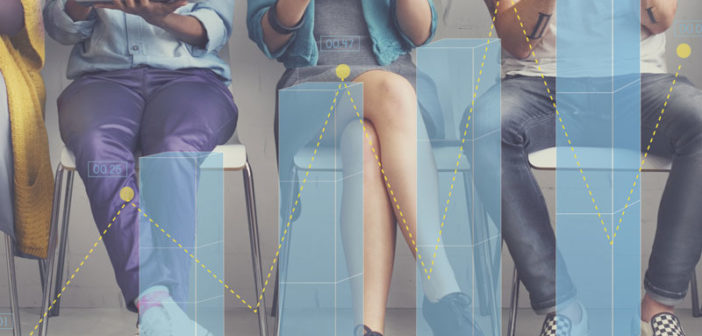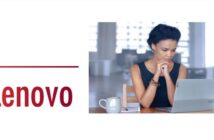By Hank Moore
Business recovery is more than loans to tide over. Businesses need strategies. They need to know there is a place for them in a changed landscape.
In addition to the health effects, COVID negatively impacted the economy, spurring a recession. The pandemic caused dislocation in business.
Stopgap measures to recover business resulted in false starts, forced openings, forced closings and loss of customers. Those shutdown reported loss of marketplace, dislocation of clientele and spending cuts that harmed small businesses the most.
According to surveys, 50% of business owners believed that the crisis would pass within four months. 54% of businesses closed short-term, and 47% were marked by unemployment. Declines were highest in the hospitality industry, 50%.
Crisis duration played a huge role in the impact. In the first months, 72% of businesses expected to reopen. After eight months, 47% expected to recover and reopen.
The longer things were social distanced had a direct impact on customer service, relationships and repeat business.
48% of workers in small businesses have livelihood directly tied to the ecosystem caused by downturns. Many found new jobs, took stopgap jobs or gave up on careers.
Liquidity crunches with cash flow disruptions showed slower cycles in recovery. Business suffered closures, losses and missed opportunities. Many workers saw career dreams dashed, lost career momentum and a reality that putting things on hold might encounter changed business dynamics.
Customer service suffered. When you heard terms “contact-less and contact-free,” I heard customer service sinking to new depths. Human interactions were minimalized, making restoration of customer service more difficult on the back-end of the pandemic.
Some businesses added COVID charges to bills, citing increased cleaning and sanitation services, plus costs for PPE. Many cited loss of business in other areas, caused due to the pandemic, limited occupancy charges, paying workers when the business was closed and costs associated with re-launching businesses.
Hidden fees are nothing new. Those who pay cable bills, healthcare statements and academic charges are beset with recovery charges. Consumers who were hit hard by the pandemic had to bear the brunt for COVID charges. The auto industry thanked consumers for past business and encouraged them to buy more cars as economic incentive.
Education was changed by COVID. Learning went virtual, as did professional development. Business and professional organizations suspended live programs and virtual, with varying success. Many associations cut vital programs, met by losses in dues and participation.
Terms we learned during the pandemic included essential workers, social distancing, cave syndrome, drive-by rationing, super spreaders, rolling blackouts, quarantine, response team, generation pandemic, zoom conferences, food insecurity, humanitarian crisis, distance learning, pandemic brain fog, PPE supplies, PEP loans, masking up, front-line staff, preventable crisis, infra-structure, boil water notices, sanitizers, vaccine hesitancy, the New Normal and normalizing trauma.
Coping with stress, grief and worry led many to virtual chat-rooms. People used isolation time to engage in creative endeavors, reconnect with old friends and show compassion for the hardest hit in communities.
As COVID forced most business to become distanced, the Zoom era grew. Conferences, meetings, professional education and customer service began utilizing cubes of people to contribute to the business.
In the post-COVID recession, many businesses went under. Many frail companies were not on firm foundations and had abdicated their abilities to improve and serve customer bases.
As a Big Picture business strategist, I encourage clients toward adopting new ways of thinking about old processes. I created new acronyms for COVID, to help us visualize opportunities differently.
COVID: Community Operations Verify Intelligence Data
COVID: Collective Ongoing Virus Incidents Decreased
COVID: Corrective Organizational Visioning Involves Discipline
COVID: Corporate Organizations View Interests Differently
COVID: Courage Overrides Variance In Defeat
COVID: Creative Organizations Visualize Individual Decisions
COVID: Continuous Operations Validate Increased Demands
COVID: Coalescing Omnibus Value Intelligence Destiny
Small business is resilient and will try to stay on firm grounding. Cool heads will prevail, and small business will recover and prosper.
Small business has learned many lessons from COVID. While some fight change and adhere to the same processes that got them into trouble, I see great opportunities for forward-focused businesses.




